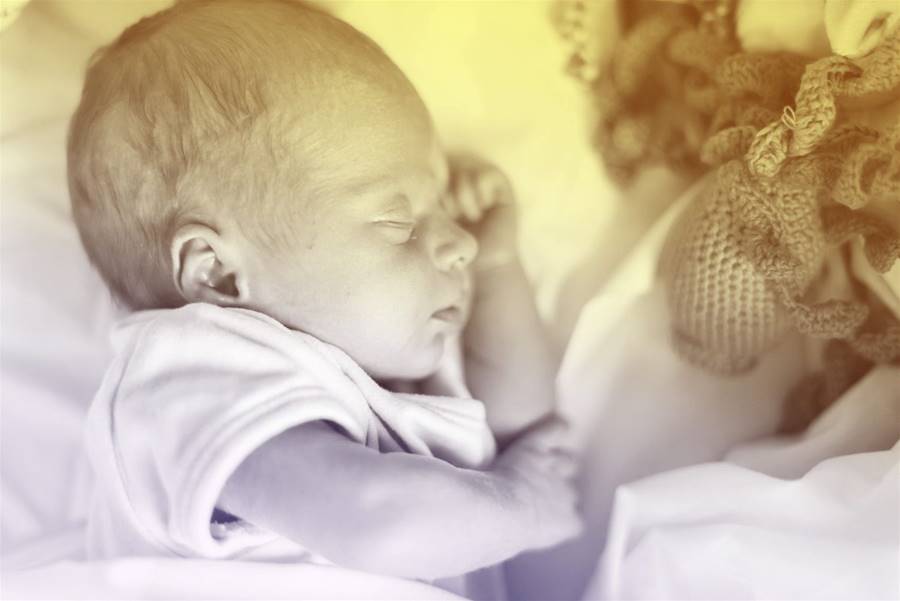


Newborns have soft spots called fontanels on their heads, but did you know your infant's skull plates are flexible? During vaginal birth, these bones shift to help a baby fit through the cervical opening and narrow birth canal.
All that pressure on the skull can give it a tapered or "conehead" shape, leaving your new child looking like an alien from a Dan Aykroyd movie. Not to worry, however: The condition is harmless and usually resolves on its own within a matter of weeks, if not days.
Read on to learn about coneheads in newborns, when to worry, and what to do if your new baby has a cone-shaped head.
"Heads aren't perfect," says Nicole Glynn, M.D., a pediatrician with and a member of the American Academy of Pediatrics (AAP). "We have lots of , and once you grow hair, you don't see them. A cone-shaped head is not damaging to a baby's development or cognitive function."
A newborn's cone-shaped head can result from squeezing through the vaginal canal during birth or before labor if they "dropped" early, making head-first contact with the parent's pelvis, .
In addition, if you had a long labor or interventions like vacuum extraction or forceps, your baby may be more likely to have a cone-shaped head after birth.
If your baby was born with a conehead shape, you might be able to gently run your hand over their head and feel the ridges formed by their skull plates overlapping.
Different from a conehead that is a result of labor and delivery, infants can also . These usually occur due to spending too much time in one position, like only lying on their backs. This can result in misshapen heads that are flat in the back.
Although your baby's skull will round out over the first several weeks of life, parents can help the process along.
Stick to the that the AAP recommends for all newborns, advises Dr. Glynn. Too much time lying on their back can cause flat spots on the back of an infant's skull, a condition called positional plagiocephaly.
"Generally, I recommend doing tummy time two to three times a day for up to a few minutes starting as soon as parents get home from the hospital," says Dr. Glynn. "Or even doing skin-to-skin with baby laying on your chest while you're reclined can serve the same purpose as tummy time, giving them time off the back of their head."
Be careful not to fall asleep on a couch or recliner while holding your newborn, and never place them on their stomach to sleep—both scenarios can put babies at risk for
(SIDS).
In addition to active tummy time, think about how much time your baby spends in a position that keeps their head compressed in the same way. For example, car seats, baby swings, and bouncy seats are convenient devices, but too much time in any of them can put too much pressure on the back of your baby's skull.
Likewise, switching which arm you hold your baby in will help round out which parts of your baby's head experience pressure.
If you're tempted to ask your pediatrician for a "baby helmet," remember that helmet therapy,
, is typically reserved for positional plagiocephaly or "flat head syndrome."
Similarly, other medical interventions like physical therapy and surgery are used in severe cases of head flattening. The conehead shape many newborns rock after delivery typically resolves on its own without treatment.

